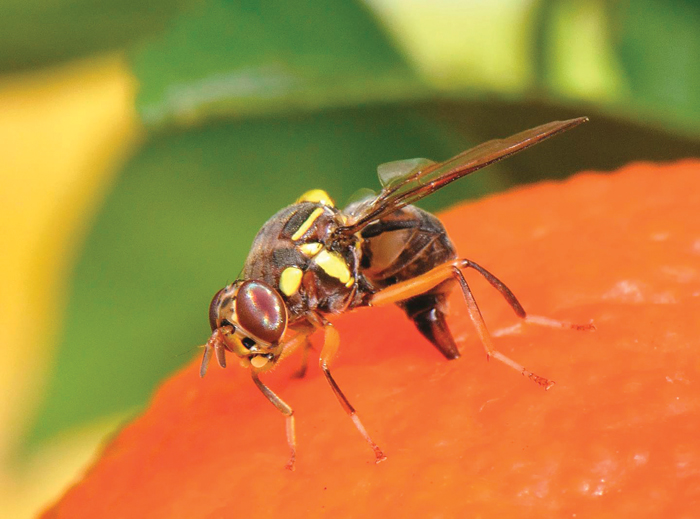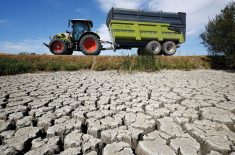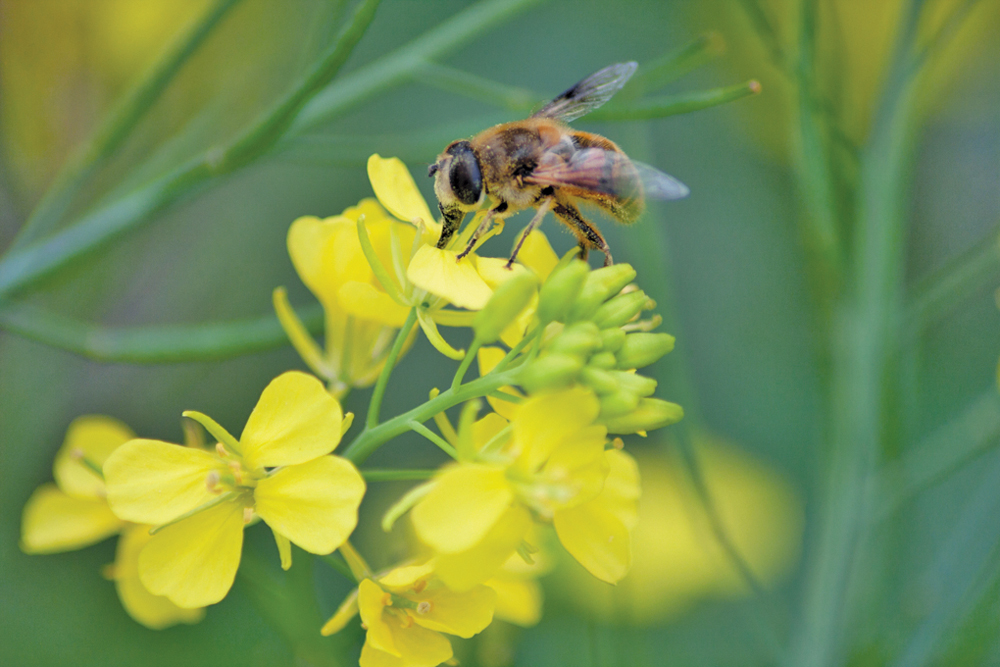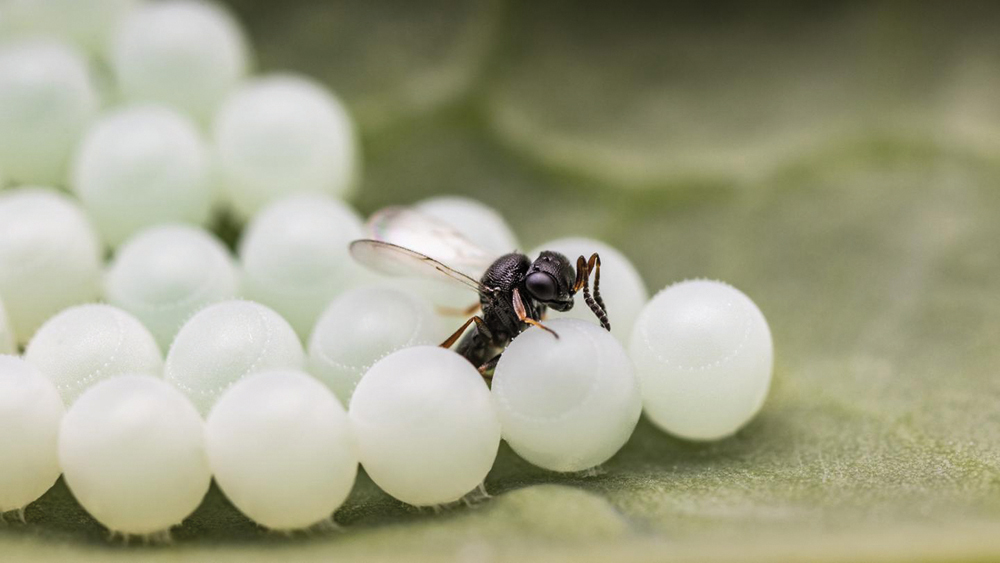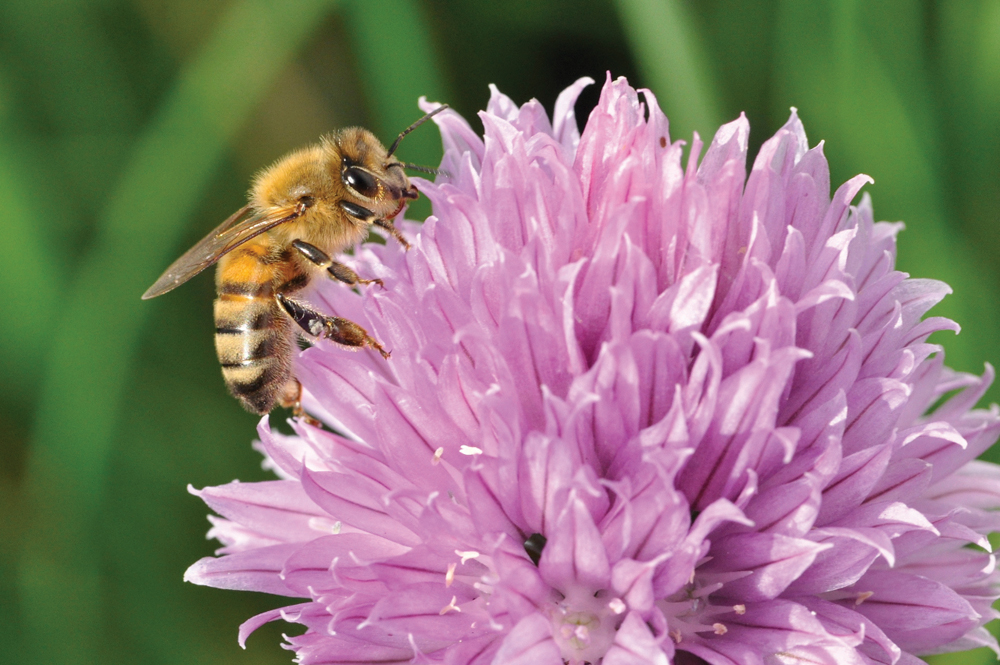A global research effort has finally resolved a major biosecurity issue: four of the world’s most destructive agricultural pests are actually one and the same.
For 20 years, some of the world’s most damaging pest fruit flies have been almost impossible to distinguish from each other. The ability to identify pests is central to quarantine, trade, pest management and basic research.
In 2009, a co-ordinated research effort got underway to definitively answer this question by resolving the differences, if any, between five of the most destructive fruit flies: the Oriental fruit fly, the Philippine fruit fly, the Invasive fruit fly, the Carambola fruit fly, and the Asian Papaya fruit fly. These species cause incalculable damage to horticultural industries and food security across Asia, Africa, the Pacific and parts of South America.
Read Also
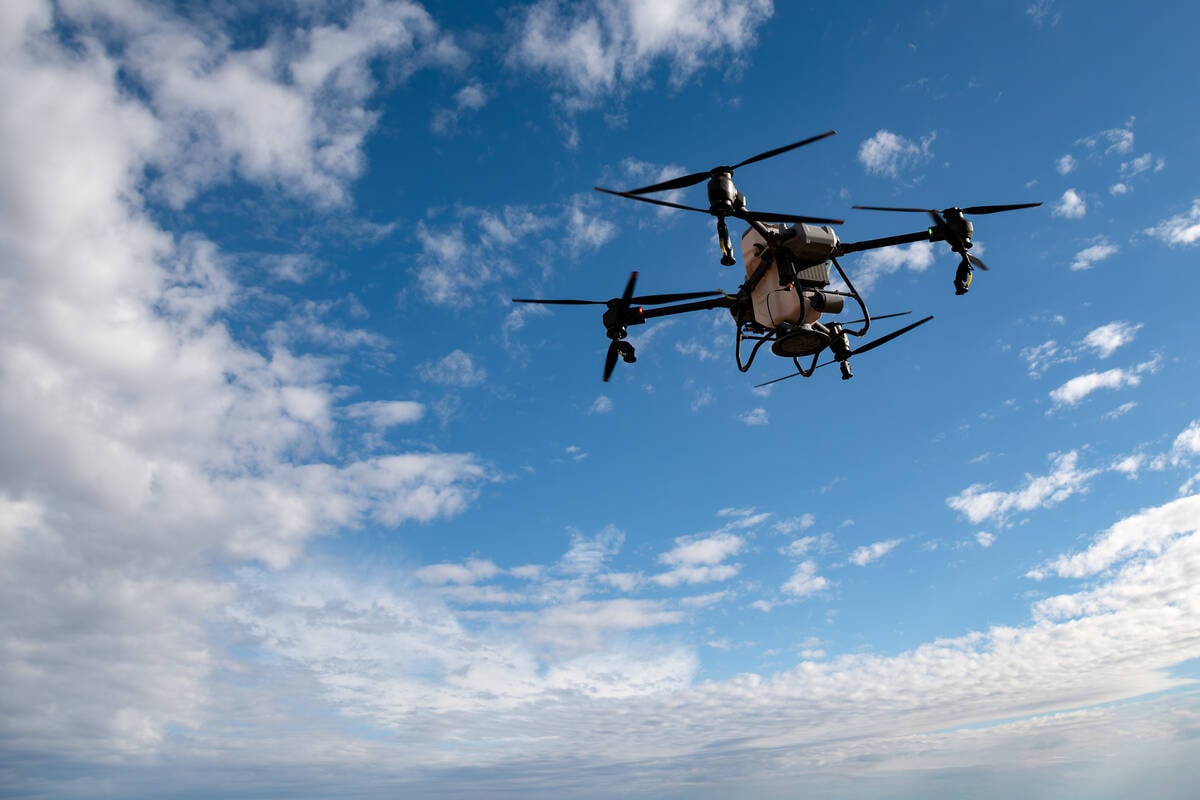
Canada dragging feet on drone regulations
Canada has spent five years developing regulation and labels for drone spraying, farmers and chemical manufacturers want a clearer pathway.
- More ‘Did you know?’ on the Manitoba Co-operator: When gas prices drop, people buy chocolate
The Philippine fruit fly was formally recognized as the same species as the Asian Papaya fruit fly in 2013. The latest study goes further, conclusively demonstrating that they are also the same biological species as the Oriental and Invasive fruit flies. These four species have now been combined under the single name: Bactrocera dorsalis, the Oriental fruit fly. The closely related Carambola fruit fly remains distinct.
“More than 40 researchers from 20 countries examined evidence across a range of disciplines, using morphological, molecular, cytogenetic, behavioural and chemoecological data to present a compelling case for this taxonomic change,” said Tony Clarke, chair of Fruit Fly Biology and Management from the Plant Biosecurity Cooperative Research Centre (PBCRC) and the Queensland University of Technology (QUT)
“This outcome has major implications for global plant biosecurity, especially for developing countries in Africa and Asia,” he said.
The Oriental fruit fly has caused crop losses exceeding 80 per cent in Africa and is considered a billion-dollar threat to Australia producers.
“Globally, accepting these four pests as a single species will lead to improved international co-operation in pest management, more effective quarantine measures, reduced barriers to international trade, the wider application of established post-harvest treatments, improved fundamental research and, most importantly, enhanced food security for some of the world’s poorest nations,” said Clarke.

